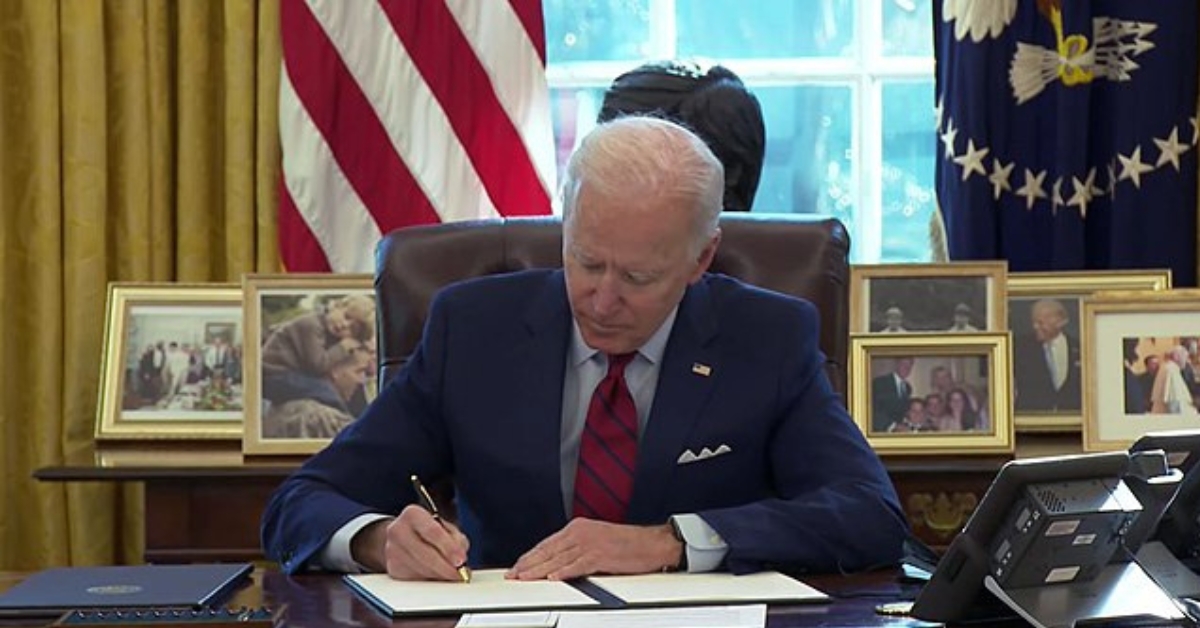
Biden Administration Consistently Overstates Job Creation Numbers
In the latest development that should raise eyebrows across the nation, the U.S. government has consistently been revising its jobs reports downward, erasing a staggering 439,000 jobs through November 2023. These revelations from the Bureau of Labor Statistics (BLS) not only contradict initial reports but also signal a concerning trend in government reporting practices and the overall health of the job market.
Initially, these job reports painted a rosy picture, suggesting a robust and thriving market. However, the truth is now glaringly apparent: the job market isn’t as robust as the government led us to believe. These are more than just statistical adjustments; it’s a stark reminder of the widening gap between bureaucratic presentations and economic realities.
The implications of these revised figures are far-reaching. U.S. jobs reports significantly influence market movements, Treasury yields, and the Federal Reserve’s interest rate decisions. Thus, inaccuracies in these reports directly impact American consumers’ financial well-being.
A deeper dive into the numbers reveals that increased government hiring significantly inflates these job figures. For instance, in December 2023 alone, the government sector created about 52,000 jobs. This trend of government employment overshadowing private sector growth is a worrying sign of an overreliance on the government for job creation.
Moreover, sectors like health care and social assistance, heavily dependent on government spending, are also among the top job creators. This dependency on government-funded employment is not a sustainable model for a healthy economy. It raises questions about the longevity and quality of these jobs, which are often subject to the whims of political and budgetary changes.
The overstatement of job growth is not a novel issue. Previously, the BLS indicated that U.S. job growth had been overstated by 306,000 jobs in the 12 months through March 2023. This trend of over-reporting and subsequent adjustments points to systemic issues within the job reporting mechanisms.
Critically, the role of the president in this narrative cannot be overlooked. While the current administration has taken credit for job growth, it’s essential to remember that these numbers largely represent a rebound from pandemic-related job losses. In reality, the administration has “added back” the jobs lost during the pandemic and created a modest 4.86 million jobs since February 2020.
Furthermore, the manufacturing sector, crucial for a robust economy, has been contracting for 14 consecutive months. The loss of full-time jobs, the increase in part-time employment, and the record-high number of people juggling multiple jobs paint a worrying picture of the current state of the U.S. workforce.
The recent revelations from the BLS are a wake-up call. They underscore the need for transparency and accuracy in government reporting and a more robust focus on sustainable private-sector job growth. As the nation grapples with a historically low labor force participation rate and the challenges of inflation, it’s more important than ever to have a clear and honest picture of our economic health.














